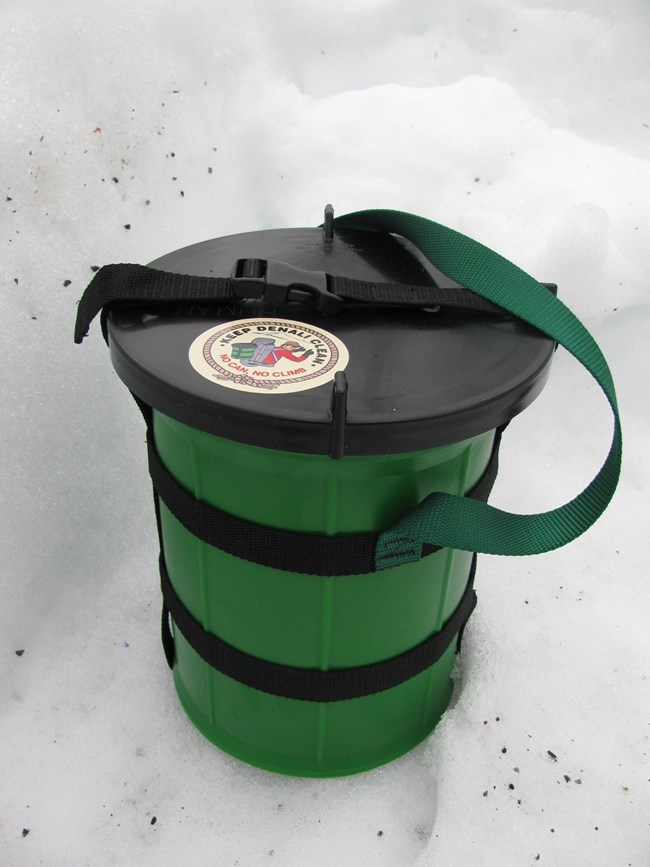.jpg?maxwidth=650&autorotate=false)
Courtesy Coley Gentzel Clean climbing practices (aka ‘Leave No Trace Mountaineering’) on Mount McKinley have evolved over the past thirty years. A successfully enforced “pack in-pack out” policy began in the late 1970’s, with climbers removing all their garbage from the Alaska Range. Today we take this program one step further by mandating the removal of human waste from historically contaminated areas such as the West Buttress high camp at 17,200-feet. These problem locations have not only been unsightly, but often the source of polluted snow linked to gastrointestinal illness. History of Managing WasteThe mountaineering rangers attempted various innovative measures to solve the human waste issue over the years. Conceived by mountaineering ranger Roger Robinson, the Clean Mountain Can (CMC) is a portable toilet designed to address McKinley's remote, rugged environment and the unique logistical challenges presented by a 3-week long expedition.
Response from the more widespread trial was again favorable. (Read our Annual Mountaineering Summaries for more information on these trials). Climbers and park management alike were pleased with the voluntary compliance, the ease of using the CMC, and most importantly, a noticeable improvement in cleanliness and hygienic safety of the 17,200-foot camp. To address impacts in other heavily used areas of the Alaska Range, in 2006 Denali National Park and Preserve required the removal of human waste from within half mile of all glacier landing strips. The following year, the park established the formal requirement that all human waste be removed from the high camp with CMC's. These two regulations, based on recommendations contained in the park's Backcountry Management Plan, were major milestones for the clean climbing effort. 
CMC Specifications
Further Reading About Denali |
Last updated: January 31, 2025
